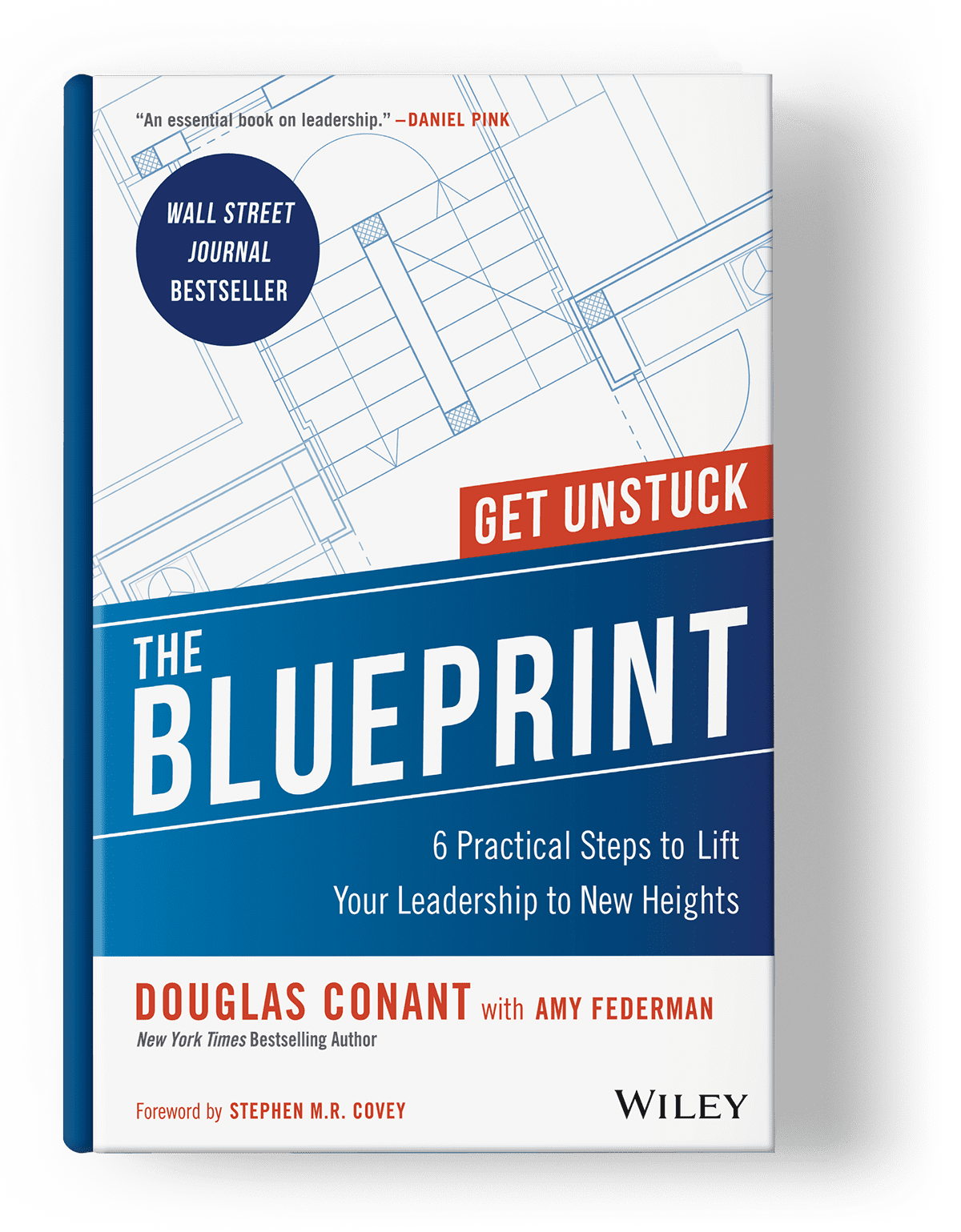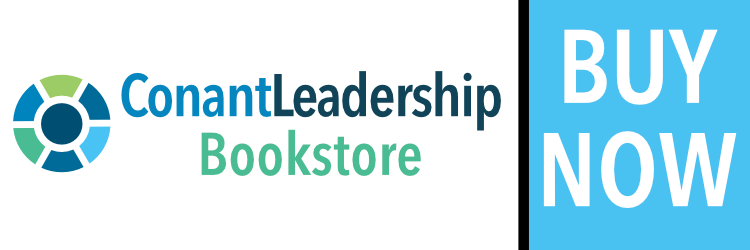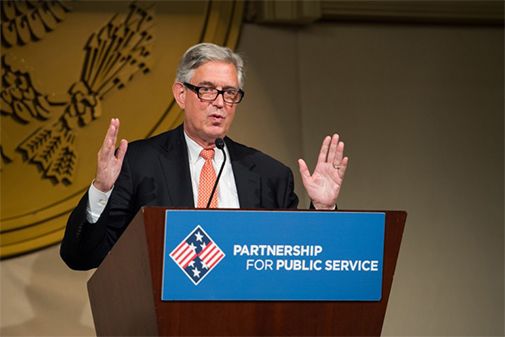Meetings. We may not like them but they are an indispensable part of modern work life and they’re essential to getting things done. To transform meetings from a slog into a structured opportunity to move things forward, you simply have to have a clear process for managing them properly. Because meetings are a significant part of a CEO’s life, I’ve developed very clear rules and guidelines for meetings over the course of my over 40-year leadership journey. I’ve crafted these into a manifesto that adds discipline to ensure each meeting is as productive as possible. Importantly, I tell my direct reports these expectations for meetings the very first hour of the first day we work together, when I “Declare Myself” – a practice I’ve developed to take the mystery out of working relationships and hit the ground running (you can learn more about the “Declaring Yourself” practice here).
To be clear, you don’t have to use these exact rules. But they’re offered as an example that can help you craft your own clear and organized approach to meetings.
Guidelines for Reports:
Be Reasonable. Don’t schedule meetings at wacky hours. Plan meetings that occur between 9AM-5PM. Everybody’s time is valuable; we all have competing priorities in every area of our life, and have other things to do outside work hours.
Be on Time. Punctuality is essential. If you’re late, or the meeting starts late — I guarantee the meeting will still end on time because I have to honor my relationship with the person waiting outside my door for the next meeting.
Be Succinct. If you’re properly prepared, you should be able to adequately discuss any topic – including world peace – in half an hour. Of course, this sometimes has to be extended or adapted, but I like to set this timeframe as the gold standard so people can prepare to properly organize their thoughts. With this as the guiding principle, we can all get to the point and move the issues(s) forward quickly and effectively.
Everybody’s time is valuable.
Be Clear. My general mantra for meetings is “clarity is next to godliness.” At the end of the meeting, I expect you to be able to precisely cover the following items within the allotted time:
- Tell me what you want me to do.
- Tell me what you recommend.
- Provide sufficient analysis to support the recommendation.
- Explicitly communicate next steps – for you and me.
Don’t Assume. Ultimately, I might not agree with you! I’m on your side, so hopefully I will (and I often do). But, you should engineer time into the process to address my concerns and secure my support.
Guidelines for Me, the Leader:
Be Uniquely Prepared. I understand that, to reports, meeting with the boss can be stressful and requires careful preparation. To hold up my end of the bargain, I make it a priority to bring an “above-and-beyond” intention and preparation to meetings. Whenever possible, I make sure to do the necessary leg work to know where the people I’ll be meeting with stand with their execution against an important initiative. So when I show up in the meeting, I can really show up, dig in, and get curious with specific questions. I find that this meaningfully signals to reports that I’m paying attention and that I care. (A lot of senior leaders, especially CEOs, don’t make it a commitment to show up with that kind of discipline but it can make a big difference.)
Clarity is next to godliness.
Ask the “Big 3.” To move any issue forward, a good framework is to ask the “Big 3” essential questions. I actually borrowed this approach from my CEO successor at Campbell Soup Company, Denise Morrison, and it has served me well. The way it works is you always make sure to address these three things, in this order:
- What’s working?
- What’s not working?
- What’s needed?
In keeping with my “clarity is next to godliness” mantra — I would never blindside a report with this approach. They all know in advance I’ll be posing these three questions and are afforded ample opportunity to prepare to answer them thoroughly.
Plan for Serendipity. This one is a bit of a “cheat” because it refers to points of connection that, while they’re often as informative as meetings, they aren’t technically “meetings” because they are unscheduled or unplanned. This step is crucial though. Part of a leader’s job is to find ways to stay plugged into the issues between meetings. I tend to block out at least a small portion of my day (even just 15 minutes to a half hour) to wander around connecting with people informally. This helps me stay connected to the issues affecting the organization in a low-pressure way. Often these impromptu TouchPoints spark unexpected ideas or innovative solutions to problems. And they help me show up in a more informed way in the next actual meeting.
And there you have it: my meetings manifesto. These guidelines were culled from over 40 years of attending meetings at every level of an organization — from my days as an entry level marketing associate to my years as CEO of a Fortune 500 company. They’re not too elaborate but they get the job done. I’ve found that when meetings are anchored in these mutually understood guidelines, they are usually productive, and often even rewarding.
What would you add to your meetings manifesto? Share in the comments or tweet me at @DougConant.






0 Comments